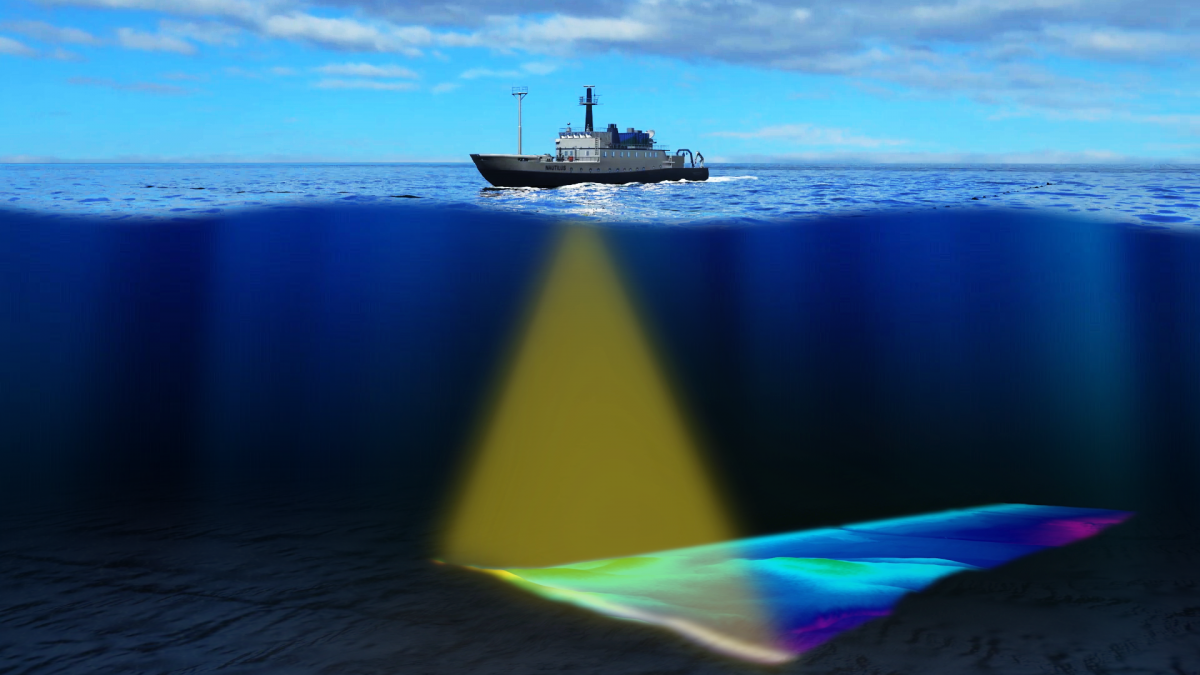ANSI/ASA S3.20 Calibration of Sonar Receiving Systems Testing
The ANSI/ASA S3.20 standard provides a comprehensive framework for calibrating sonar receiving systems to ensure their accuracy and reliability in underwater acoustic environments. This service is essential for industries that rely on precise measurements and data from sonar devices, such as maritime navigation, submarine communication, oceanographic research, and military applications.
Calibration involves the systematic process of determining the characteristics and performance parameters of a sonar receiving system by comparing its output to known reference values. This ensures that the system meets specified accuracy requirements set forth in the standard. The calibration process typically includes the following steps:
- Identification of the type of sonar receiving system.
- Determination of the environmental conditions under which testing will be conducted.
- Selection of appropriate reference signals for comparison.
- Application of the calibration procedure as outlined in ANSI/ASA S3.20.
- Data acquisition and analysis to verify compliance with the standard.
The accuracy of sonar systems is paramount, especially in critical applications such as submarine communication, where any deviation can lead to significant operational risks. By adhering to the ANSI/ASA S3.20 standard, organizations ensure that their systems are calibrated correctly and consistently across different environments and conditions.
Compliance with this standard also facilitates interoperability among various sonar devices, enabling seamless integration into broader maritime or underwater acoustic networks. This is particularly important in collaborative research projects or military operations involving multiple platforms.
The ANSI/ASA S3.20 standard ensures that the calibration process follows best practices and adheres to international guidelines. It provides a standardized approach that enhances the reliability of sonar systems, thereby improving overall performance and reducing the risk of operational errors.
By leveraging this service, clients benefit from:
- Accurate and reliable data collection for decision-making processes.
- Improved system interoperability across different platforms and environments.
- Enhanced safety and reliability in critical applications such as military operations or oceanographic research.
- Compliance with international standards, ensuring consistency and accuracy in global markets.
In summary, the ANSI/ASA S3.20 Calibration of Sonar Receiving Systems Testing service is crucial for maintaining the highest levels of precision and reliability in sonar systems. This ensures that organizations can trust the data they collect and rely on their equipment to perform optimally under various conditions.
Why It Matters
The calibration of sonar receiving systems using ANSI/ASA S3.20 is critical for ensuring accurate underwater acoustic measurements, which are essential in many industries. Accurate data from calibrated sonar systems can significantly impact decision-making processes and operational outcomes.
- Maritime Navigation: Precise sonar calibration enhances the safety of vessels by providing reliable navigation information in challenging environments.
- Oceanographic Research: Calibrated sonar systems are vital for collecting accurate data on oceanic conditions, contributing to scientific understanding and environmental conservation efforts.
- Military Applications: Reliable sonar calibration is crucial for ensuring the safety and effectiveness of naval operations, including communication between submarines and surface vessels.
Inaccurate or poorly calibrated sonar systems can lead to significant operational risks. For instance, in maritime navigation, incorrect data could result in collisions or navigational errors. In military applications, reliance on uncalibrated equipment could compromise mission success or even endanger personnel safety.
By adhering to the ANSI/ASA S3.20 standard, organizations can ensure that their sonar systems are calibrated correctly and consistently across different environments and conditions. This not only enhances the reliability of the data collected but also ensures compliance with international standards, thereby improving interoperability among various platforms and systems.
Competitive Advantage and Market Impact
The ANSI/ASA S3.20 Calibration of Sonar Receiving Systems Testing service provides significant competitive advantages for organizations operating in the maritime industry or any sector reliant on precise underwater acoustic measurements. By ensuring that sonar systems are calibrated according to international standards, these organizations can:
- Enhance their reputation as providers of high-quality and reliable equipment.
- Gain a competitive edge by offering more accurate data for decision-making processes.
- Increase customer trust and satisfaction through consistent performance across different environments.
The service also has broader market implications, including:
- Promoting industry best practices in sonar calibration.
- Facilitating interoperability among various platforms and systems.
- Ensuring compliance with international standards, thereby enhancing global market access.
By leveraging this service, organizations can differentiate themselves from competitors by demonstrating a commitment to quality and reliability. This not only enhances their reputation but also contributes to long-term sustainability and growth in the competitive landscape.
Use Cases and Application Examples
- Oceanographic Research: Accurate sonar calibration is crucial for collecting reliable data on oceanic conditions, contributing to scientific understanding and environmental conservation efforts.
- Military Applications: Reliable sonar calibration ensures the safety and effectiveness of naval operations, including communication between submarines and surface vessels.
- Maritime Navigation: Precise sonar calibration enhances the safety of vessels by providing reliable navigation information in challenging environments.
- Oil and Gas Exploration: Calibrated sonar systems are essential for mapping underwater topography and detecting hydrocarbon reservoirs accurately.
- Submarine Communication: Reliable sonar calibration ensures clear communication between submarines, enabling effective coordination during missions.
In each of these use cases, the accuracy and reliability of calibrated sonar systems play a vital role. For instance, in oceanographic research, accurate data is essential for understanding climate change impacts on marine ecosystems. In military applications, reliable communication ensures mission success and personnel safety. In maritime navigation, precise sonar calibration enhances vessel safety by providing reliable information.
The service also has broader market implications, including:
- Promoting industry best practices in sonar calibration.
- Facilitating interoperability among various platforms and systems.
- Ensuring compliance with international standards, thereby enhancing global market access.
In summary, the ANSI/ASA S3.20 Calibration of Sonar Receiving Systems Testing service is essential for organizations operating in sectors reliant on precise underwater acoustic measurements. By ensuring that sonar systems are calibrated according to international standards, these organizations can enhance their reputation and gain a competitive edge.





